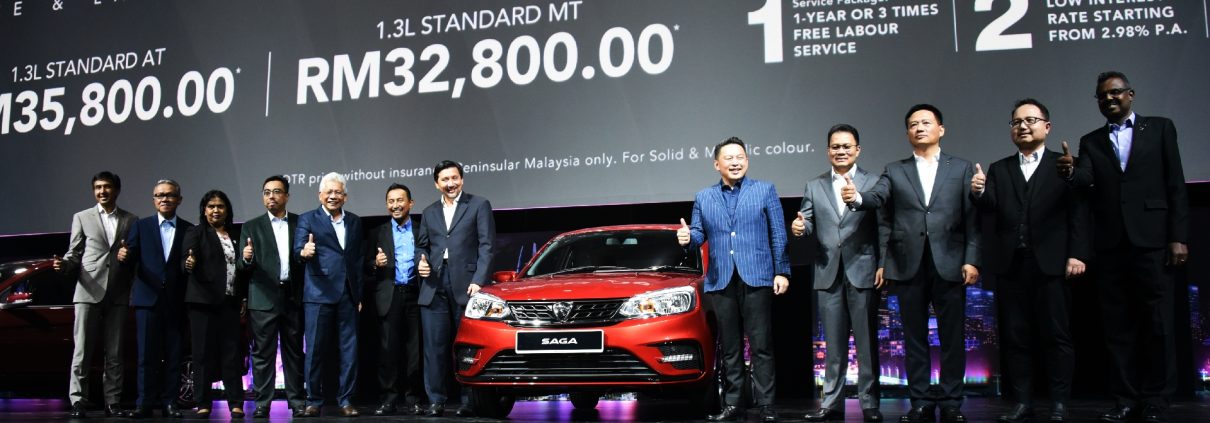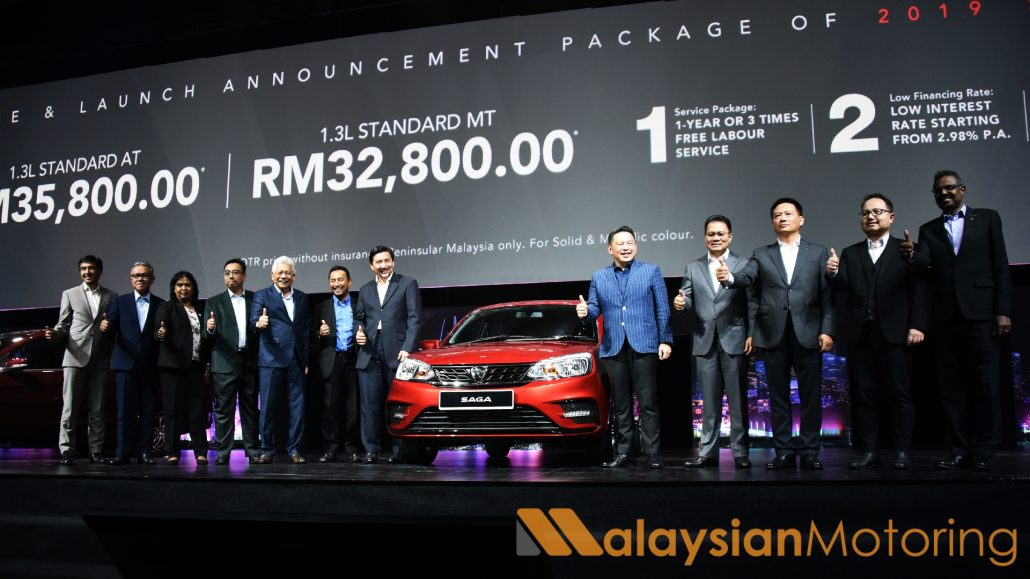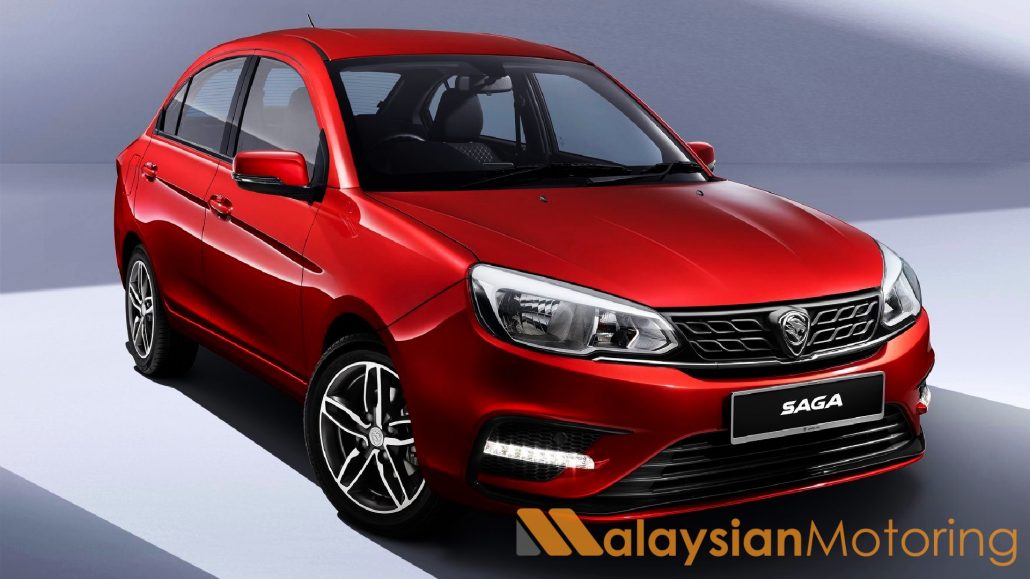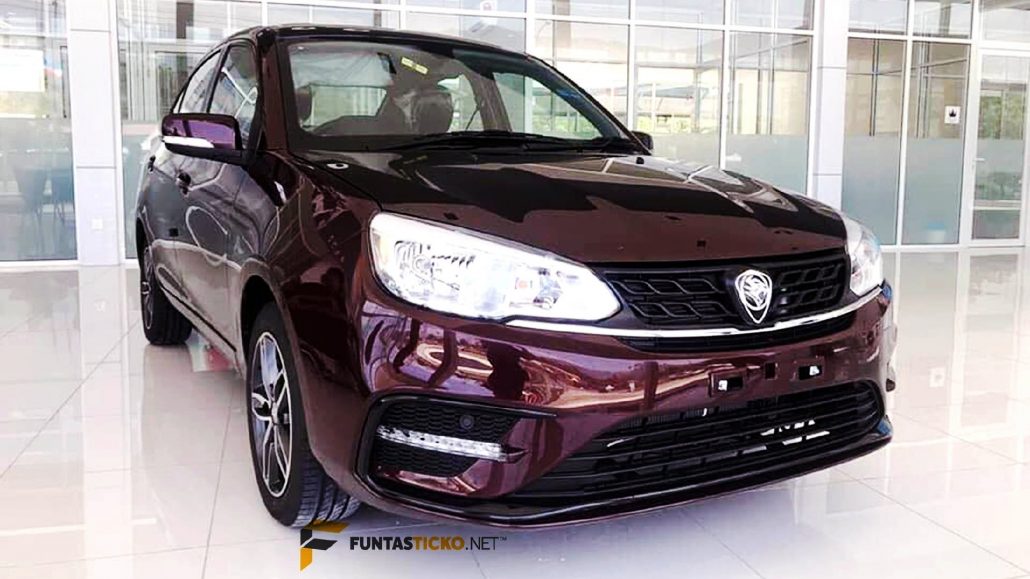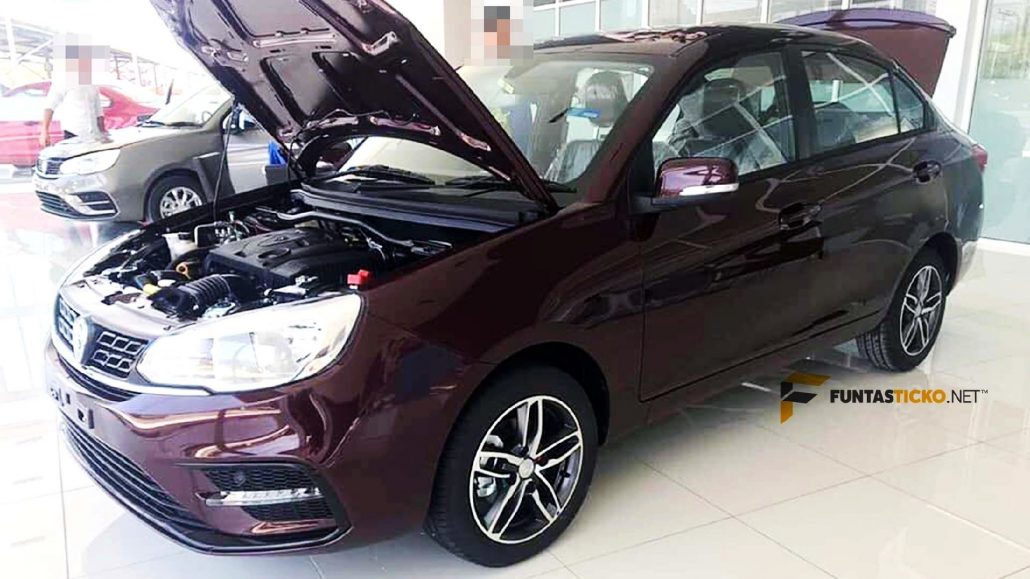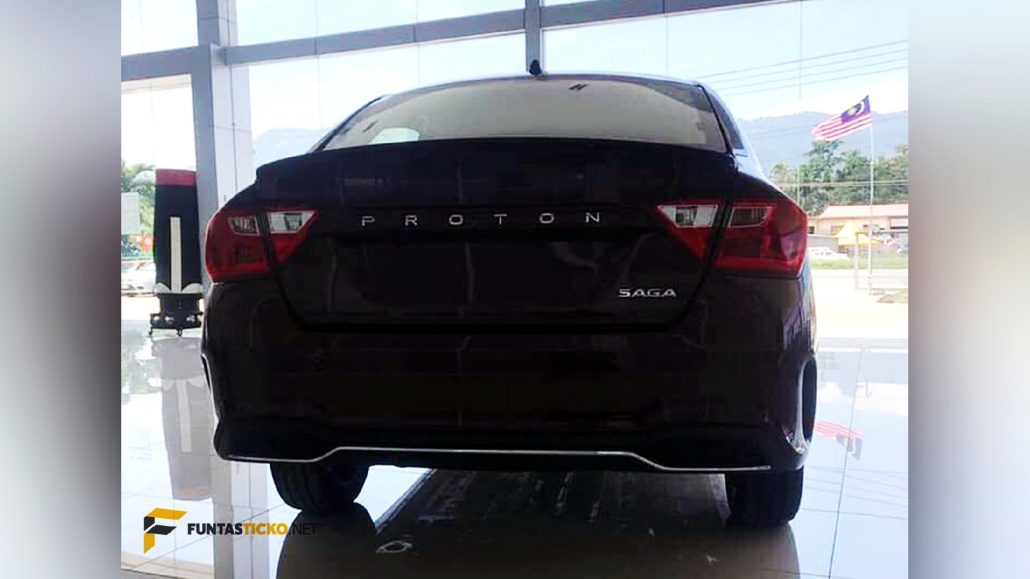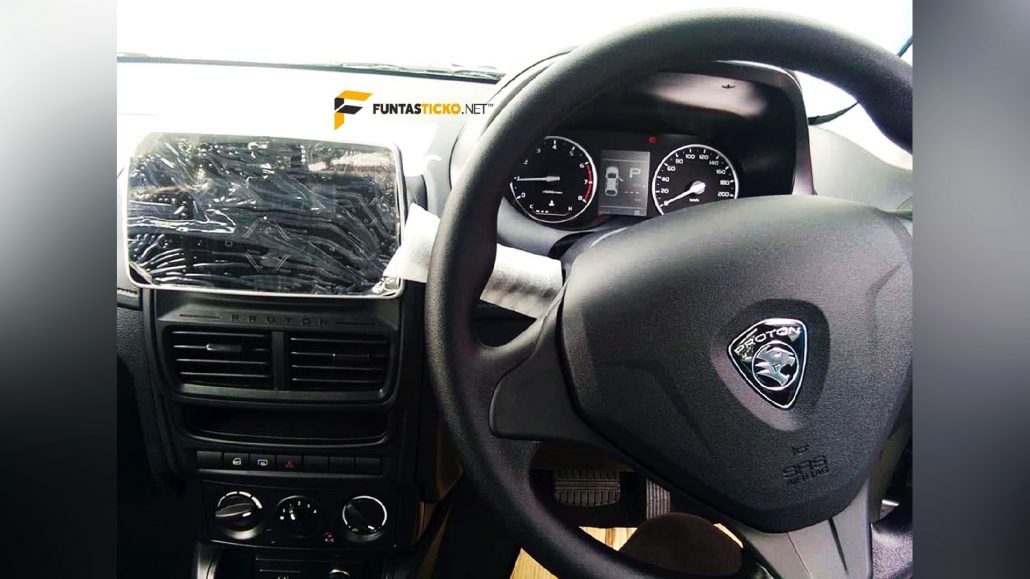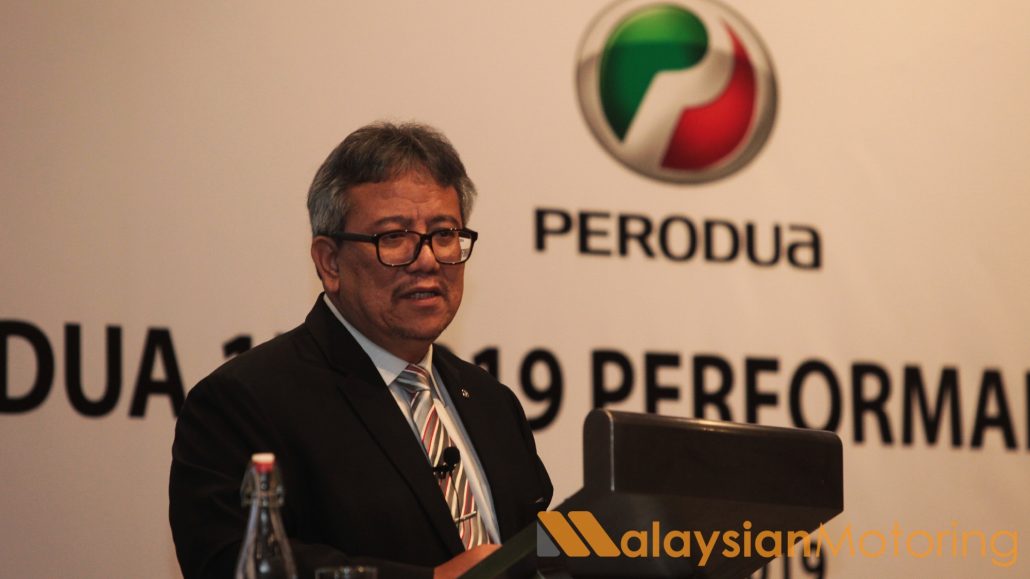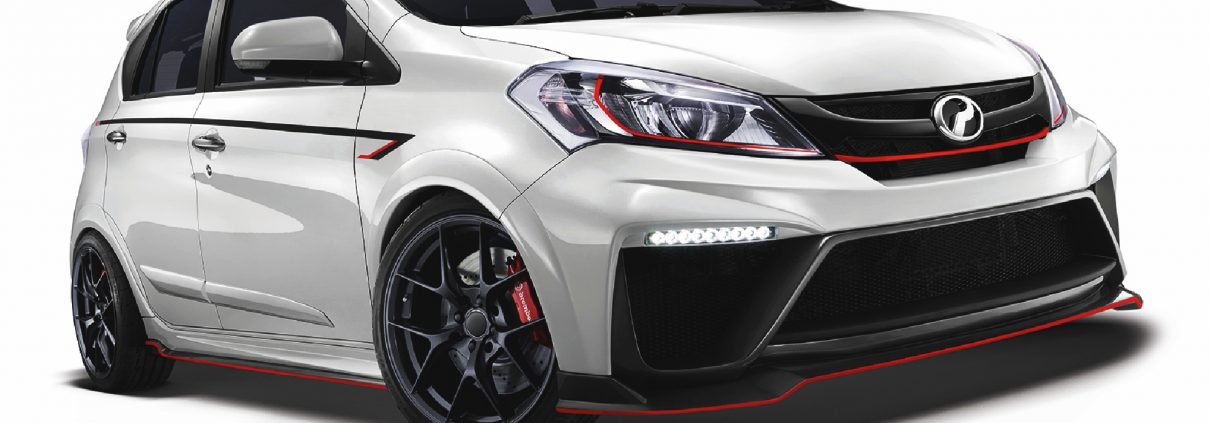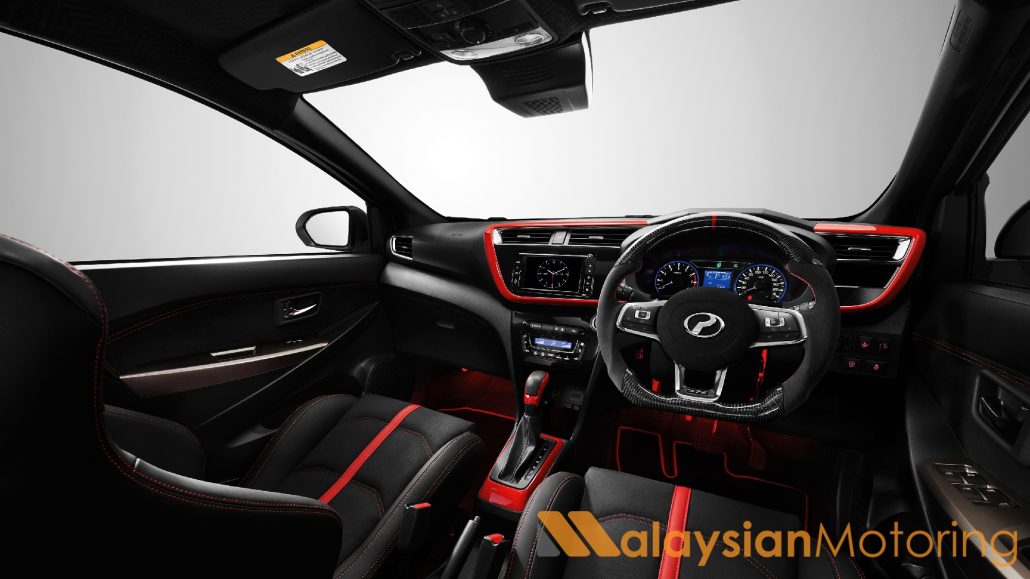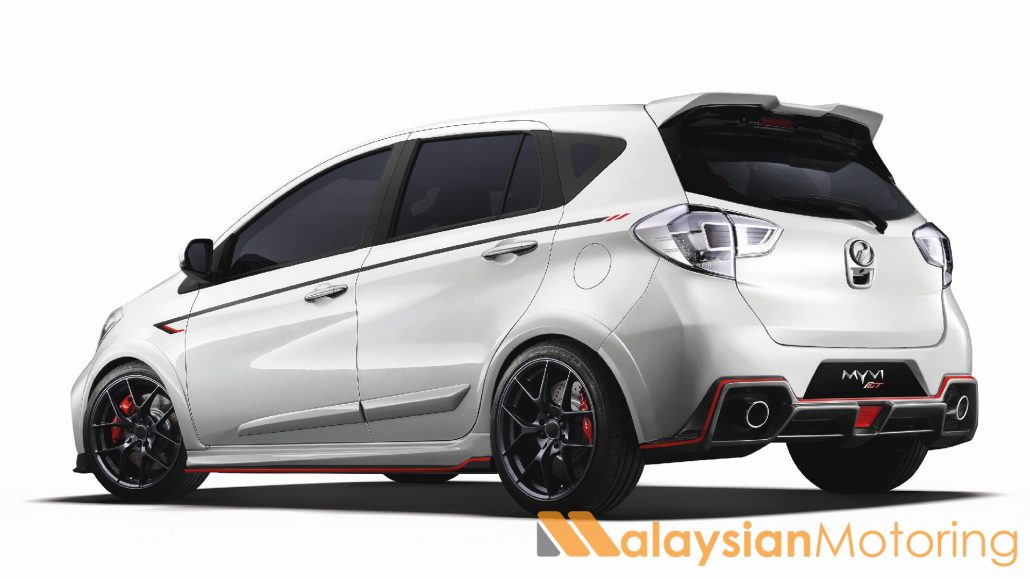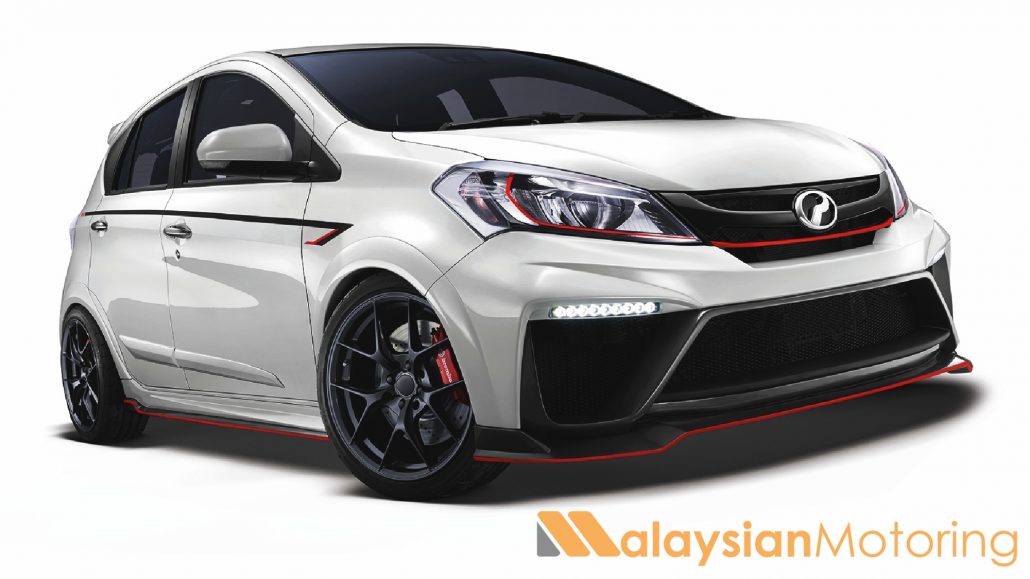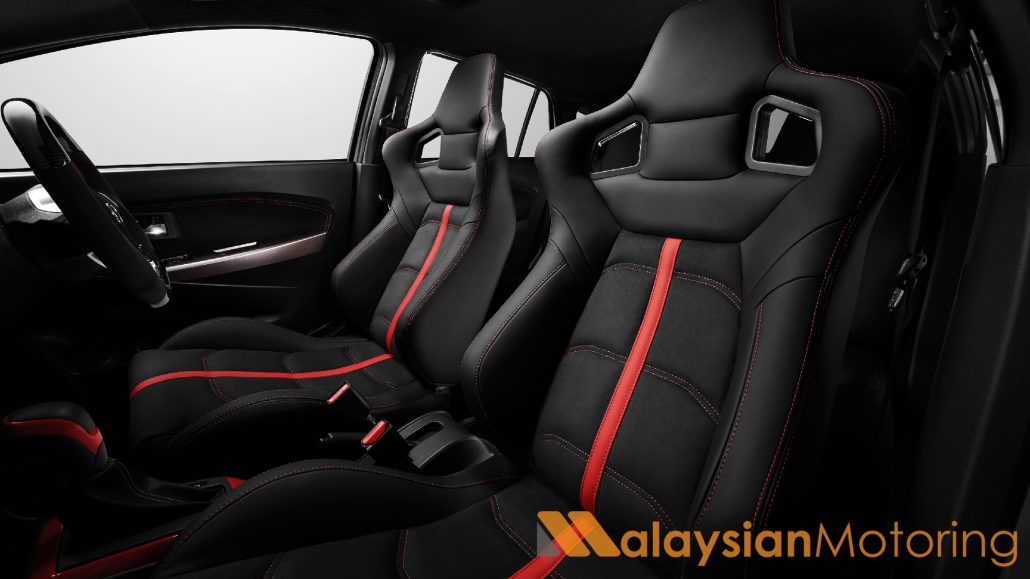2019 PROTON SAGA LAUNCHED – RM33K-RM40K
After a long wait and numerous leaks, the latest baby from PROTON’s stables has finally joined in the fun. The PROTON Saga is a critical model for the company, being one of the marque’s fastest sellers and marking the entry point into the PROTON lineup. With these latest updates, the Saga is now set to put up an even greater fight than ever before, particularly against its arch rival, the Perodua Bezza.
The 2019 PROTON Saga lineup has been cleaned up, with the removal of the ‘Executive’ variant for this iteration. Instead, the Saga will be available as a Standard in Manual (RM32,800) or Automatic (RM35,800), as well as an automatic-only Premium model (RM39,800). These new prices are a slight reduction over the outgoing model, and PROTON is keen to point out that when combined with the added value that comes with it, the price reductions are rather significant.
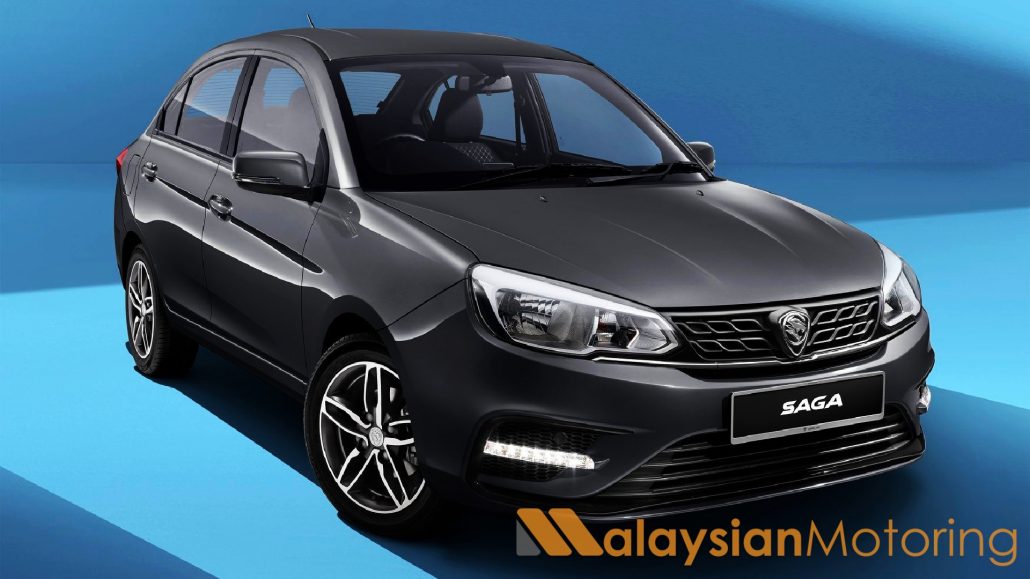
Style-wise the Saga has only been given a small nip and tuck. The front sees the incorporation of the Infinite Weave grille pattern that is now part-and-parcel of every new PROTON model, as well as a revised front bumper with a more pronounced air intake. The Premium model loses its front foglights though, with PROTON offering up LED daytime running lights, a first for an A-segment saloon.
Down the sides there are new-design alloy wheels (14-inch for Standard models and 15-inch for Premium cars), while the rear sees the logo deletion in favour of the wide PROTON script we’ve seen on their newer cars, as well as a new boot-lip spoiler and more sophisticated rear bumper design.
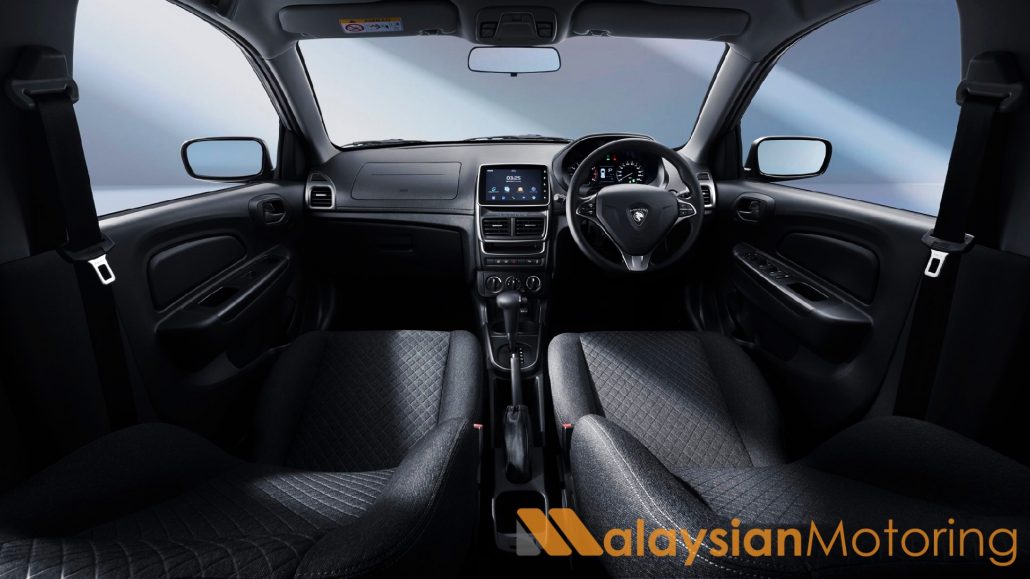
Inside there are more significant changes, starting with the seats. They remain a fabric-only affair, but they’re now wrapped in a higher-quality and softer cloth that should serve families quite well. There’s also new headlining and soft-operation roof-mounted grab handles for passengers, as well as a new LED-lit cabin dome light that sits just above the driver’s central mirror.
But up front is where the biggest changes have taken place. The top-half of the centre stack is now completely new, housing a free-standing 7-inch touchscreen infotainment system with the aircond vents moved below (Standard models get a non-touchscreen radio instead). Between the two sits a plastic panel with ‘PROTON’ lettering across it, which looks rather swish. The 7-inch touchscreen isn’t the fully-fledged GKUI infotainment system like in other PROTONs, so no 4G connectivity and ‘Hi PROTON’ voice command here, but it does offer Android smartphone mirroring. Standard across the range is Bluetooth connectivity, while the Premium model gets things like a reversing camera and four speakers thrown in as well.
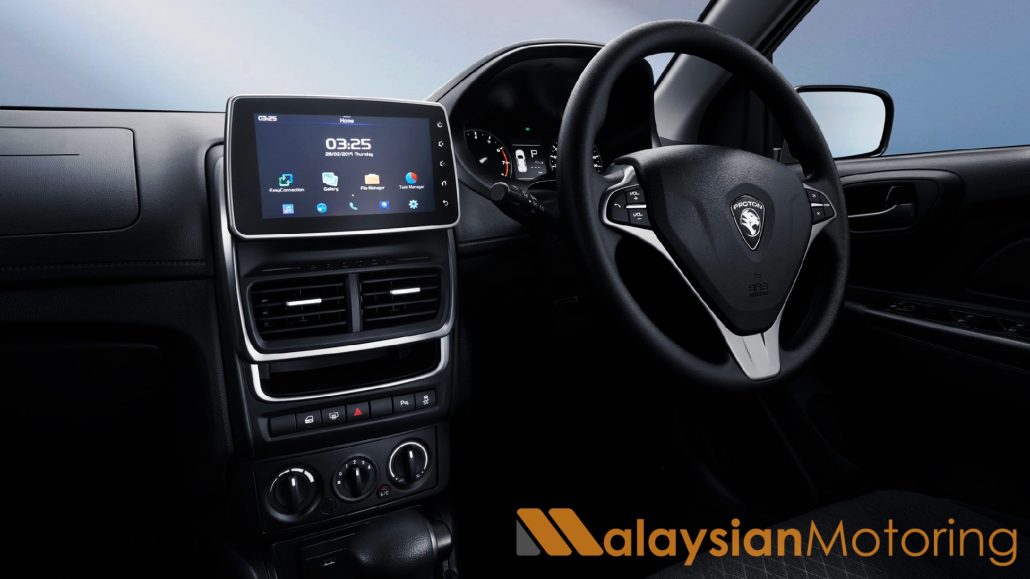
There’s also a new instrument cluster sitting ahead of the driver, with two new white-backlit dials flanking an information display that’s now capable of displaying average fuel consumption, opened doors, distance to empty, and others. It’s not a full-colour screen like you get in say an Iriz or a Persona, but it’s not half bad, and is a marked improvement over the outgoing car. You still get a multifunction steering wheel with rake adjustment, though reach adjustment remains a luxury the Saga does not afford.
Under the bonnet there have been some updates, but not to the engine itself. The Saga continues to offer a 1.3-litre VVT petrol engine with 95PS at 5,750rpm and 120Nm of torque at 4,000 rpm. This engine is now paired to either a 5-speed manual in the base-model as before, or a 4-speed automatic gearbox sourced from Hyundai. This is a significant change for the Saga, addressing some of the biggest bugbears with this model. The 4-speed automatic promises improved noise, vibration & harshness (NVH) levels and responsiveness – there’s even a Sport mode, should the mood take you.
The new Saga has also been treated to a brake upgrade, with larger discs in the front and bigger drums in the rear, taken off the PROTON Iriz. Critically, all cars now benefit from anti-lock brakes, electronic brake distribution, and brake assist, previously unavailable in Standard models. The Premium offers additional front parking sensors, TCS, ESC, and Hill-Hold Assist, though all models continue to offer two airbags.
The 2019 PROTON Saga is now available in five colours, namely Snow White, Jet Grey, Armour Silver, Ruby Red (the ‘hero’ colour), and Rosewood Maroon.
Although PROTON has chucked a whole bunch of new kit into the Saga, the value proposition has gone up significantly. The new Saga is available with very attractive packages, like the free 1st year (or 3-time) servicing, attractive financing rates (from 2.98%p.a.), and a comprehensive insurance package (betterment cost waiver for up to 10-years, agreed value coverage for up to 12-years, key-care coverage of RM1,000 value, flood relief allowance of up to RM1,000, and even personal-accident coverage for the policy-holder for up to RM15,000.
Not bad eh for an entry-level car?
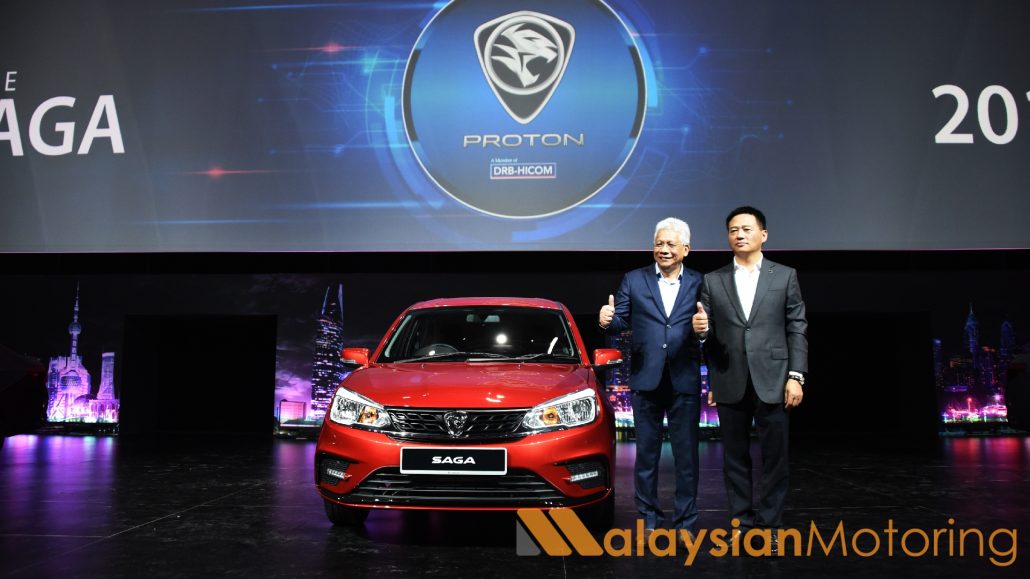
We absolutely cannot wait to sample the 2019 PROTON Saga, and pit it head-to-head with the Perodua Bezza in the near future. We commend PROTON on these massive improvements for their most affordable model, in keeping with the same goals to mobilise the masses and offer the best bang-for-buck, just like the original Saga did back in 1985.
For the best deals on a new car, be sure to hit up our Facebook page, and we’ll put you in touch with one of our verified dealers to ensure that you get the best deal at the best price on your brand-new ride.


